The Eccentrica, The Emblematic 1990s Lamborghini Diablo Reinterpreted
Extreme driving experience through bold technological and design upgrades on an icon of the 1990s.

While it might not be as influential as its predecessor, the Countach, the Lamborghini Diablo is probably second when it comes to emblematic cars coming from Sant’Agata Bolognese. Brutal, bold, and extreme in design and performance, it was the last car produced by the Italian firm before it was placed under the control of Audi and the VW Group. Following the trend for so-called Restomod cars, modernised reinterpretations of all-time classics (think Singer Vehicle Design or Alfaholics), it is now time for the Devil of Sant’Agata to enter the 21st century, with the wild-looking and promising Eccentrica.
The Original Lamborghini Diablo
The Diablo is one of the cars that bring back some of the strongest teenage memories to me. I can perfectly remember Jamiroquai’s Cosmic Girl movie clip on MTV, with Jay Kay chasing a black Ferrari F355 behind the wheel of his purple Diablo Special Edition, together with his friend driving an F40… I don’t think any other movie clip has ever delivered so much automotive pleasure. I also remember, when I was still about 10 years old, seeing my father’s boss and mentor coming home from time to time for a coffee on Sunday mornings, driving his black-on-red Diablo VT (viscous traction or 4WD) with an entirely unrestricted exhaust screaming like few cars could. A true poster star…
The Lamborghini Diablo came as a replacement for the glorious Countach and has been produced, all versions included, from 1990 to 2001 in about 2,900 examples. The design of the car was contracted to Marcello Gandini, who designed both the Muira and the Countach. However, due to yet another difficult financial situation, Lamborghini was acquired in 1987 by the Chrysler Corporation, and the Americans had a different idea for the design of what would replace the Countach. The design team in Detroit altered the original shape, smoothing out the sharp edges and corners of Gandini’s original concept (which would later come to life in the Cizeta-Moroder V16T). Still, the ultra-flat wedge-shaped Diablo stood the test of time and has now become one of the brand’s most iconic designs.

The Diablo, which got its name following a long tradition of naming cars after breeds of fighting bulls, was presented to the public for sale in early 1990. Despite the new shape and chassis, the mechanics were well-known, using the same V12 base as its predecessor, now in a 5.7-litre form with a dual overhead cam and 4 valves per cylinder architecture. Producing a maximum output of about 490hp, which meant the sleek-designed car could reach 325 km/h (202 mph), making it one of the fastest production cars on the market back then. The car, on paper, came better equipped and easier to drive than the Countach. The reality remains a brutal, ultra-engaging analogue piece of kit that requires strength to be tamed. Driving a Diablo fast shouldn’t be taken too lightly… Specifically the first generation with RWD. Fun fact, the car could be equipped (for an additional USD 10,500) with a Breguet dashboard-mounted clock.

Over the years, multiple versions of the Lamborghini Diablo were made, such as the VT, a 4WD version launched in 1993 – a configuration that continued with all V12-powered supercars (Murcielago, Aventador and the new Revuelto). One of the most desirable models is, without a doubt, the Diablo SE30 (and the even rarer SE30 Jota), a car introduced in 1993 as a limited-production special model to commemorate the company’s 30th anniversary. Lighter, more powerful, and redesigned, it was still RWD with multiple race-oriented features such as a free-flowing exhaust and magnesium intake manifolds. To most of us, it is known in its purple configuration, as seen in Cosmic Girl.


The first in-depth facelift occurred in 1999, with the iconic pop-up headlamps replaced by some fixed ones from a Nissan 300ZX. The interior was updated too, and the overall driving experience was made slightly easier. The second facelift, known as the Diablo 6.0, came in 2000, two years after Audi and VW-Group acquired Lamborghini. This version wasn’t planned at first, but since the development of the Diablo’s replacement, the Murcielago, took longer than expected to come to a match with Audi’s expectations, the German company decided to refine the Diablo again. In reality, the 6.0 isn’t really a Diablo anymore, at least underneath its familiar shape. Indeed, most of the chassis components and some of the mechanical elements are shared with the upcoming Murcielago. This ultimate version of the Diablo is known as the less difficult to drive or the least pure, depending on your position…
The Eccentrica Diablo Restomod
Behind this restored-modified Diablo is the vision of an Italian (of course) man named Emanuel Colombini, who has a long connection with the brand as a collector and enthusiast. Colombini aimed to innovate the Diablo, a classic supercar from the 1990s, while still maintaining its unique identity. And also to be the first one to ever reinterpret this emblematic car – we’ve seen restomods on the 911 and the Testarossa but not on Lambos yet.
Behind Eccentrica is a large group of some venerable suppliers and partners, such as Pirelli for the tyres, Brembo for the brakes, Capristo for the exhaust or Alcantara for the upholstery. For the Eccentrica, the donor car used is from the first series of the Diablo model, thus with. a 5.7-litre engine and rear-wheel transmission. It is then redesigned with modernity in mind but also a deep respect for the original car. It can be seen as a modernist evocation of the GTR series of track-focused models. The bodywork of the donor car was completely revised except for the windshield, with the other parts (bumpers, hoods, flanks, and side skirts) replaced with new components in lightweight, technical materials such as carbon fibre. The entire front end has been streamlined and cleaned up. And yes, the pop-up headlamps, even though revisited, are still present. The rear area’s horizontal design was taken from the original model and enhanced with new finely tuned details like slender carbon bumpers, two large air intakes where the main radiators can be found, and twin iconic taillights, revised too with LED technology.
The interior reveals a stronger departure from the original car, mixing high-tech features with neo-retro elements, such as the digital dashboard. The goal was twofold: substituting all the plastic elements which were typical of the 1990s with more modern materials and completely overhauling the ergonomics and user experience. It is a stunning mix of carbon fibre and Alcantara, here presented in a blue colour that somehow reminds me of the SE30 edition.
But, of course, the Eccentrica Diablo Restomod is more than just a visual update. The original 5.7-litre V12 engine has been altered to provide technical improvements like new valves and camshafts, slightly increasing its maximum power (550 HP at 7,000 rpm) and maximum torque (600 Nm at 6,5000 rpm). The car retains an analogue 6-speed, gated manual gearbox, and the back displays a crazy-cool twin exhaust with aluminium alloy tailpipes and a design reminiscent of the Diablo GTR. But more than the pure performance, it’s the handling that has been at the centre of attention.
With the wide use of composite materials like titanium and carbon fibre to reduce the vehicle’s overall weight, the aim is to reach an excellent weight/power ratio (lower than 2.9 kg/HP – car still under development). In the same vein, the chassis has been carefully re-designed. Sitting on track-focused Pirelli P Zero Trofeo R, it also carries a set of specifically designed brakes, with sculptural 6-piston monoblock callipers and slotted discs. It is also clear that the whole suspension setup will be revised accordingly, and the steel tubular chassis has been reinforced and hardened to provide greater vehicle stability.
The first Eccentrica based on the Diablo will be produced in just 19 custom models with choices for buyers regarding body paint jobs, upholstery, fabrics, and materials. The entire styling and mechanical overhaul of the Diablo will require an estimated time period of between 16 and 18 months, including a testing phase in various conditions, and the price of its transformation will start at EUR 1,200,000 (not including the donor car).
For more details, please visit www.eccentricacars.com.



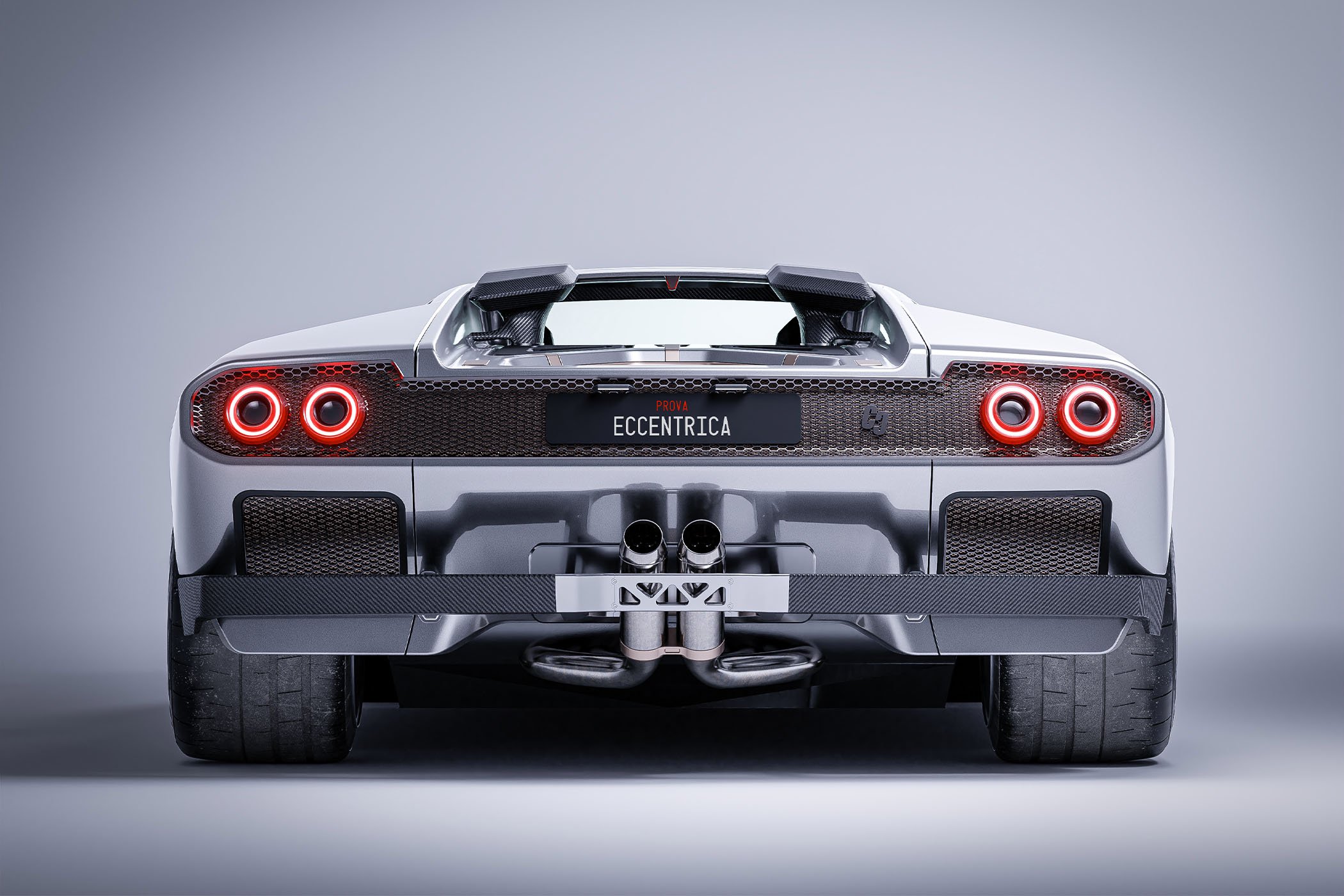
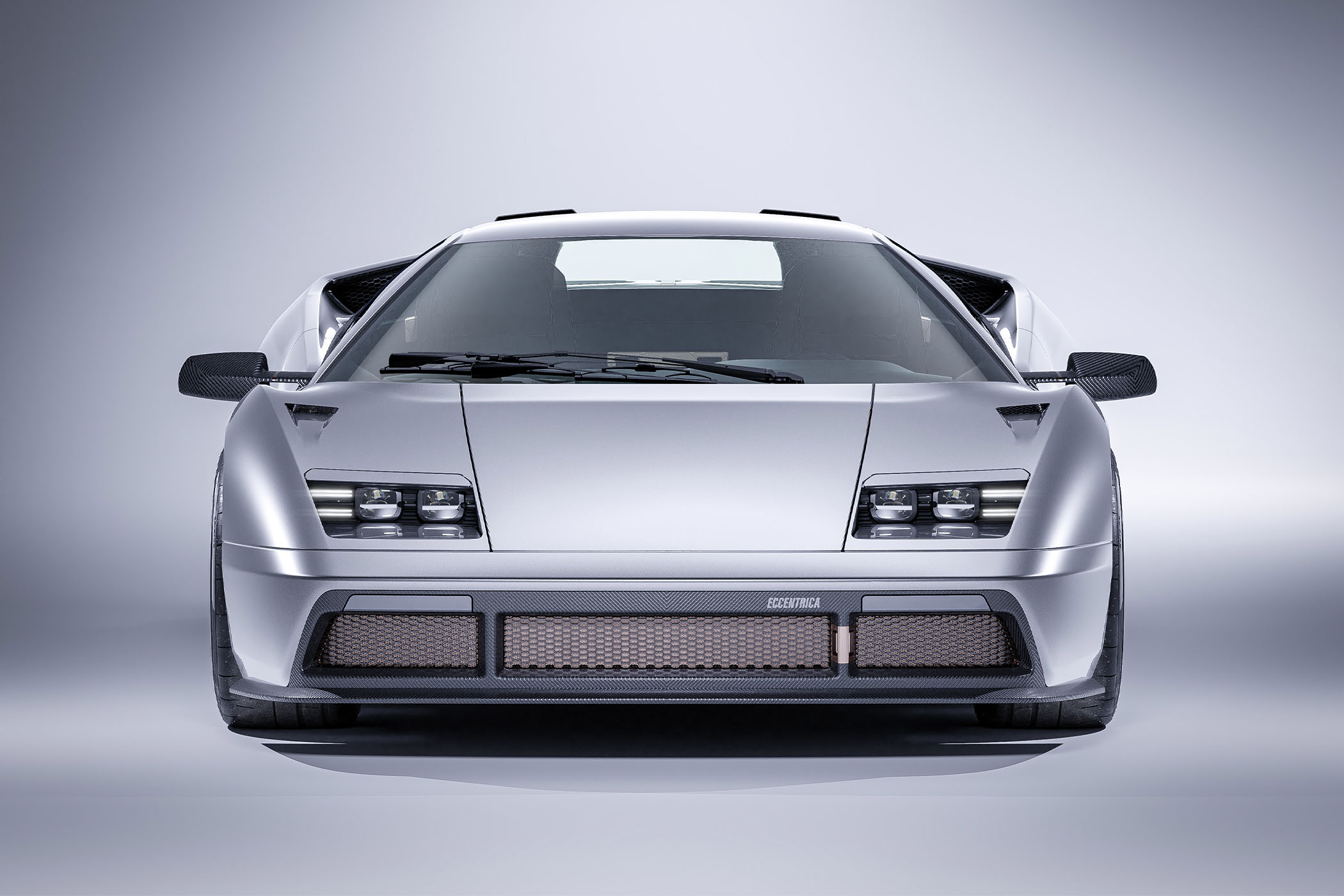
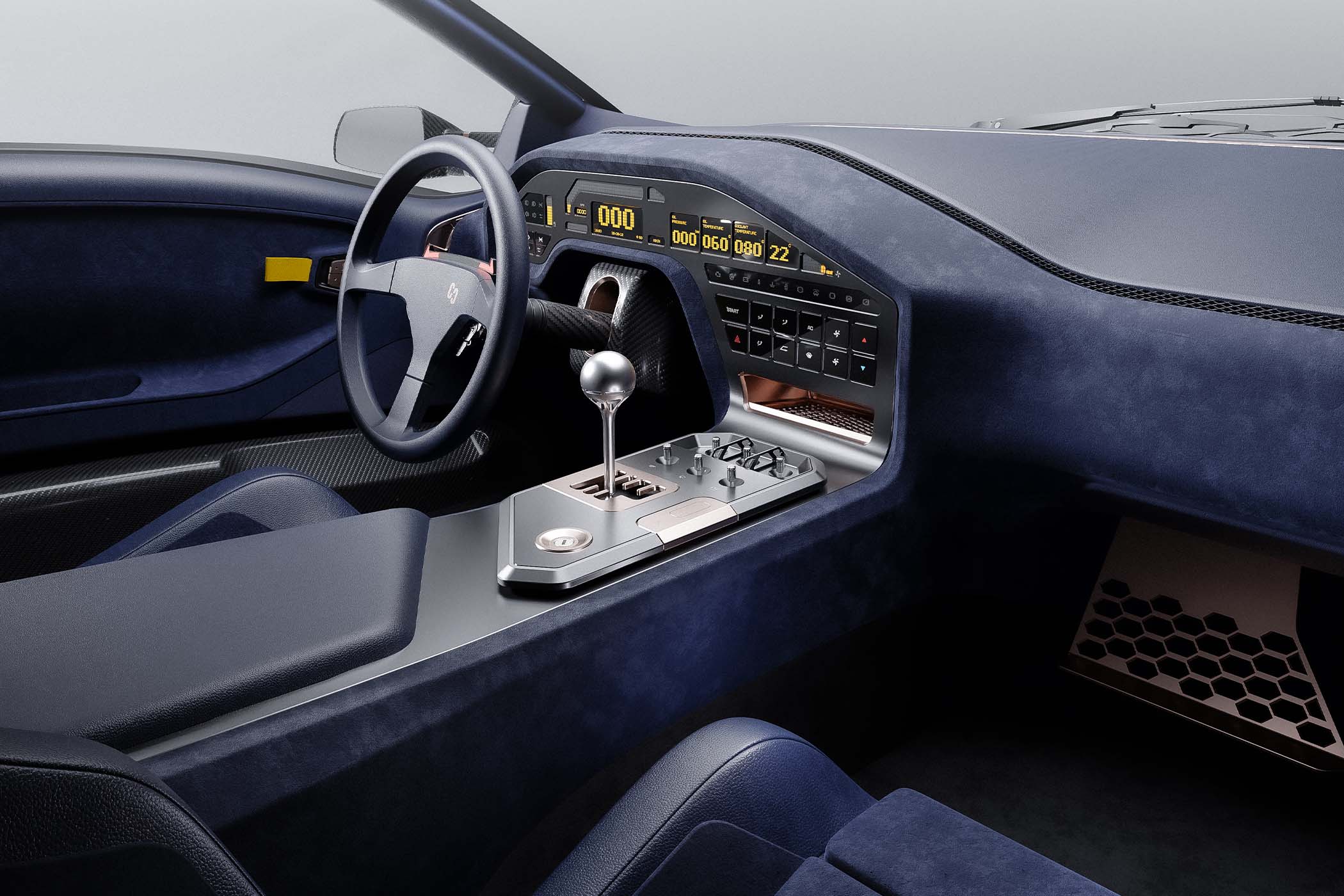




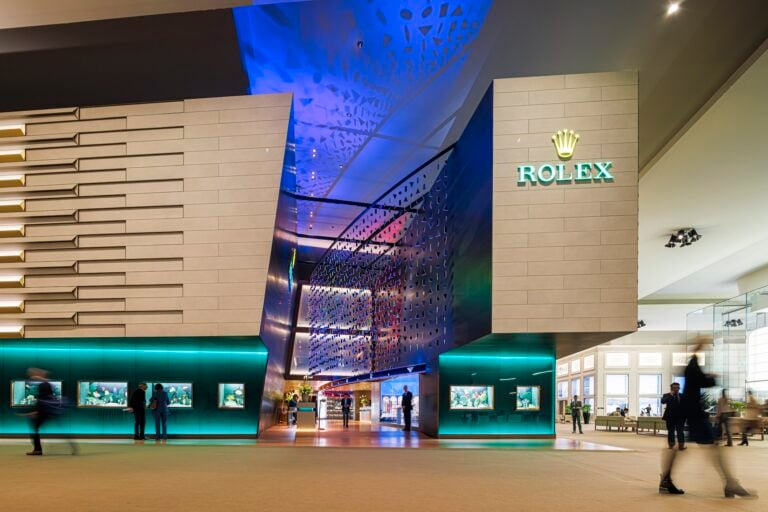
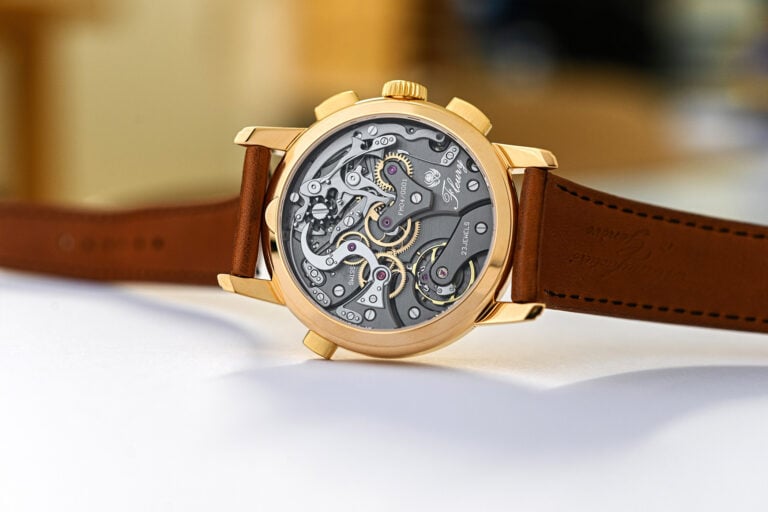
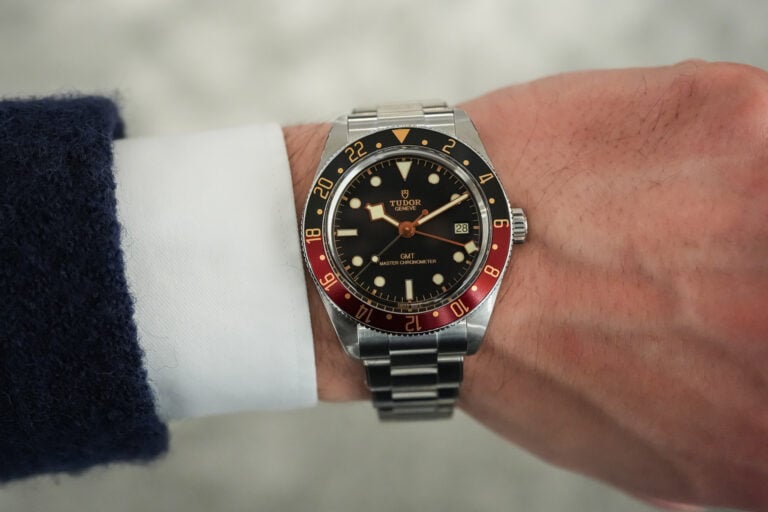
6 responses
So, let’s get this straight. It looks nice for today’s eyes, however…
You buy a second hand poster supercar, which cost €100 000 back in 1999, you invest 1.2 million and you end up with a ruined classic?
Oay, my memory tricked me, it was 220K back then.
Rest still applies.
Hey, great story Brice, took me way back in a good way
The interior is a surprising fail, for me at least.
It’s funny how perspective can be different. I thought Travelling Without Moving was the coolest thing since sliced bread because of the way the whole set moved around his dancing, and the car video did nothing for me even though the song was ver nice. But then I also came up in the days of the Space Cowboy when his original bass player was still on board, and the music was arguably more interesting.
Given that, it’s no surprise these cars don’t mean anything to me, don’t do anything for me, and I might just find it a strange phenomenon that folks can get so excited about something so deeply impractical as those cars.
Growing up in the exact same time-period, completely different feelings. Then again, my dad’s boss didn’t come up to our house and didn’t drive a Lamborghini. Maybe the fact that I’m the son of a forklift mechanic has something to do with that. 🙂
The most exotic cars from my youth were an 80s Celica and an Opel Ascona. And the Targa Magnum drove. Lovely vehicles, by the way.
I owned a 79 celica, and a 77 trans am. Both of which cost a combined $5500 .
I might have looked cool to someone in the Celica never crossed my mind !
You made my day 😊